Review
The Juke is an extremely popular car and some recent updates make it an even more worthy company car choice.
Overview
Nissan owes a lot to the Juke. It sells in significant volumes - including in the true fleet market, where it’s segment leader.
While its looks are divisive, there’s no denying the appeal of an eye-catching compact SUV.
The second-generation Juke is more modern, more technologically advanced and better to drive.
It’s also available with a hybrid engine, providing greater efficiency for fleet customers.
Prices start at £23,500 and there’s a choice of two powertrains and five trim levels.
The range kicks off with Accenta Premium before reaching N-Connecta, which is well suited to fleet customers. Tekna models are more luxurious, sitting beneath Tekna+ and N-Sport at the top of the range.
Comfort and practicality
Slip inside the Juke and you’d be forgiven for thinking you were in a completely different car. The bold exterior design gives way to a sportier, premium cabin. The driving position leaves you feeling cocooned in the interior, which wraps around the driver.
There’s quality touchpoints and a nice array of physical switchgear, giving a more conventional feel to the car. Perhaps this is why so many people buy it!
The centre console integrates an armrest and a pair of cupholders, but otherwise there’s not a great deal of storage space inside.
Passenger space is ample, however. In the rear it feels a bit cramped, but that’s mainly because the windows are so small.
The boot offers a decent 409 litres of space, although this falls to 354 litres if you have the hybrid engine.
Safety and technology
Nissan has really upped its game in recent years and the latest Juke has an impressive infotainment system. It includes Google services, including Maps, and has an intuitive smartphone-like operation.
The central 12.3-inch touchscreen is fitted across the line-up and all but the base model come with a fully digital instrument cluster.
Using the trip computer and accessing some of the car’s settings is a little tricky as they can only be accessed using the instrument cluster and steering wheel buttons rather than the central display.
The standard array of safety systems includes lane departure warning, autonomous emergency braking and a rear-view camera. If you opt for the higher-grade Tekna model then the Juke comes with adaptive cruise control, 360-degree camera system and lane keep assist.
Driveability and efficiency
The Juke has a simple powertrain line-up. There’s a ‘regular’ petrol or a hybrid.
The entry-level engine a 1.0-litre three-cylinder unit with 114PS. It can be paired with a manual or an automatic gearbox.
The petrol engine is lively and keen to rev, delivering decent performance and fuel consumption in the mid-40s.
Hybrid Jukes use a 1.6-litre petrol engine combined with two electric motors. They are impressively efficient, managing 60mpg, but not particularly engaging. The problem mainly lies with the car’s transmission, which has long gearing to encourage a more economy-focused drive.
With either powertrain, the Juke is an agile car. It has quick, light steering and a firm suspension setup which minimises body roll. Ride comfort isn’t silky smooth, but its not offensive.
Company car tax and running costs
The Juke Hybrid costs £3,000 more than the entry-level petrol, but there’s not a huge difference in overall running costs.
Company car tax is only around £40 per year less for the Hybrid, which sits in the 26% benefit-in-kind tax bracket as opposed to the 31% banding of the petrol.
Over a four-year (80,000-mile) cycle, running costs are 36p per mile – 1p less than the petrol.
It is closely matched by the Renault Captur E-Tech, while both the Toyota C-HR and Vauxhall Mokka Hybrid are considerably more expensive.
The Ford Puma is the Juke’s keenest rival. It is priced close to the Juke Hybrid but it cant match it for efficiency or running costs.
Matt has been an automotive journalist for nine years and has driven just about every new car and van that's on sale. As content editor - vehicles he is responsible for the automotive content on Fleet News and also contributes to Automotive Management. Prior to this, Matt worked in the automotive industry for 10 years.


Specs
| Manufacturer | Nissan |
| Model | Juke Hatchback |
| Specification | Nissan Juke Hatchback 1.0 DiG-T Acenta Premium 5dr |
| Model Year | 2024.00 |
| Annual VED (Road tax) | £540 |
| BIK List Price | £23,450 |
| CO2 | 133g/km |
| BIK Percentage | 32% |
| Insurance Group | N/A |
| CC | 999 |
| Fuel Type | Petrol |
| Vehicle Type | Compact SUV |
| Luggage capacity (Seats up) | 422litres |
| Doors | 5 |
Running Costs
| P11D | £23,450 |
| Cost per mile | 40.31ppm |
| Residual value | £9,100 |
| Insurance group | N/A |
| Fuel Type | Petrol |
| Cost per mile | 110.94ppm |
| Fuel | 12.97ppm |
| Depreciation | 93.80ppm |
| Service maintenance and repair | 4.17ppm |
Rivals
Info at a glance
-
P11D Price
£23,450
-
MPG
48.7 (WLTP) -
CO2 Emissions
133g/km -
BIK %
32% -
Running cost
3 Year 60k : £9,100 4 Year 80k : £7,400 -
Fuel Type
Petrol

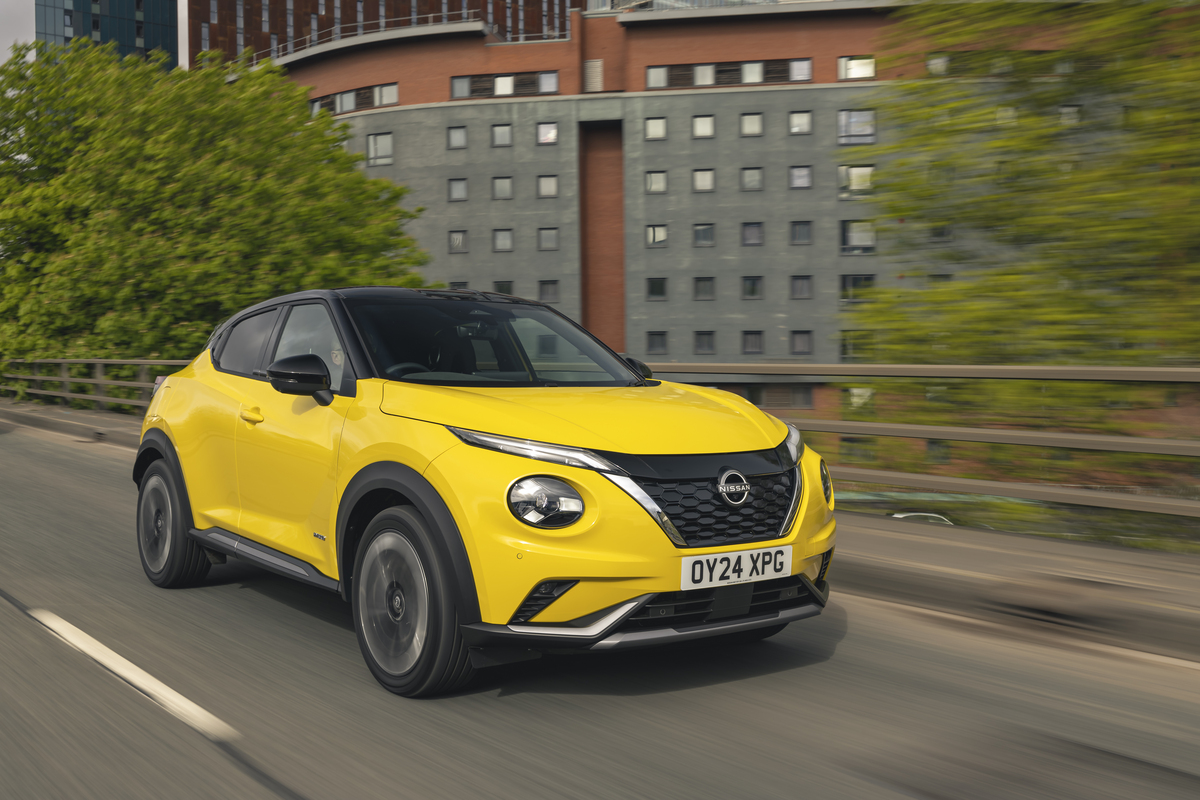
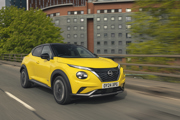
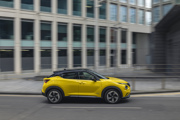
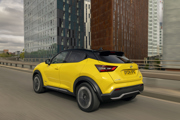
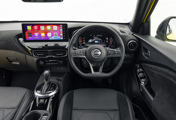
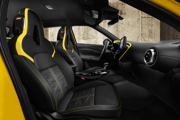
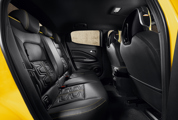

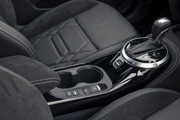
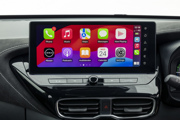
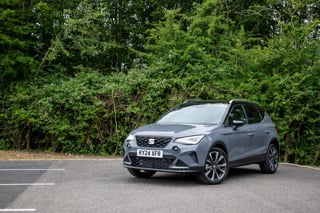
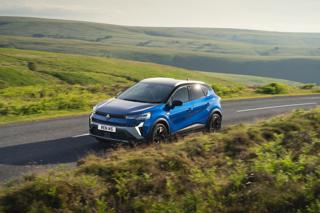
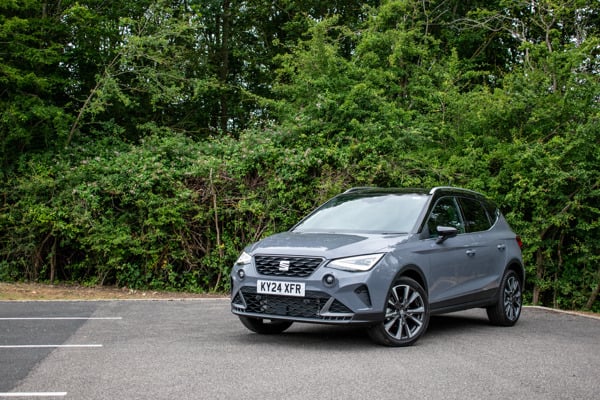
 Petrol
Petrol
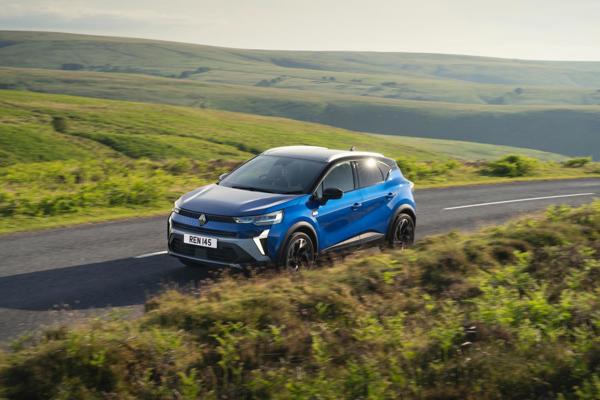
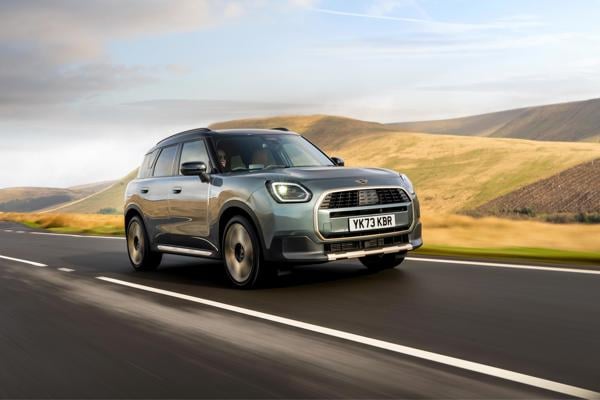
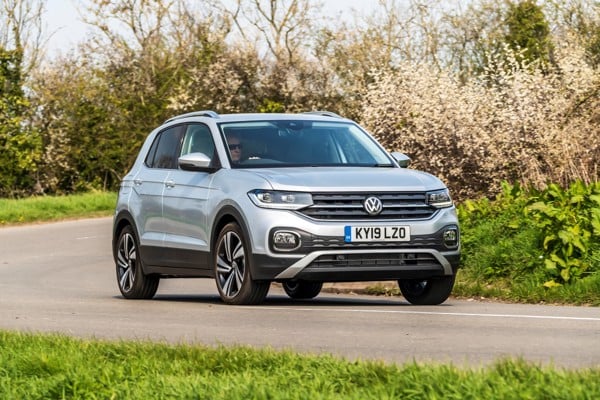
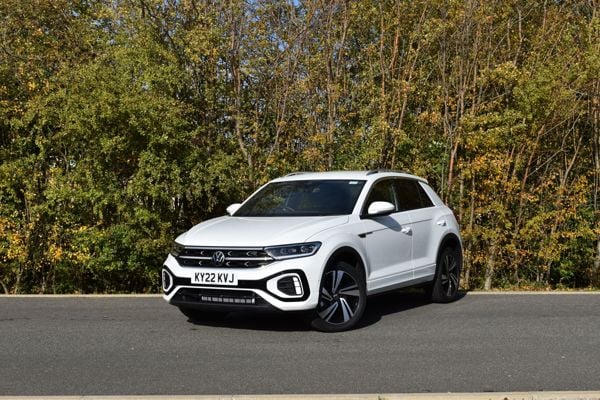
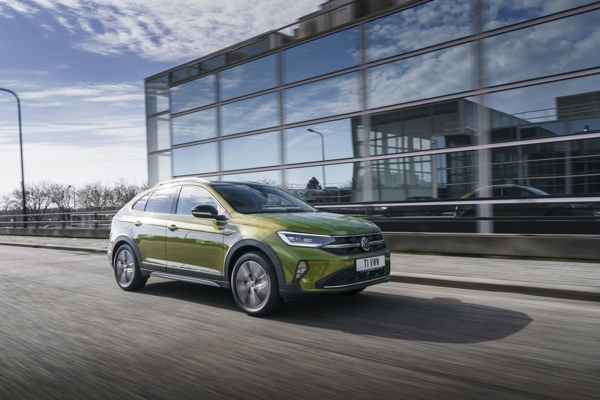
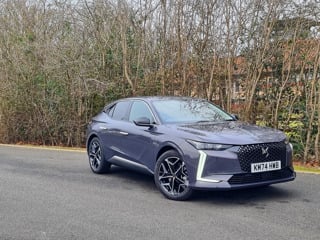

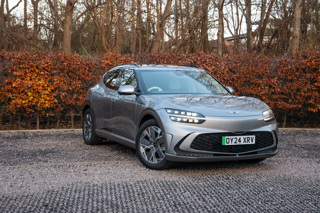
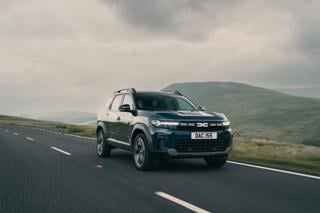












Login to comment
Comments
No comments have been made yet.